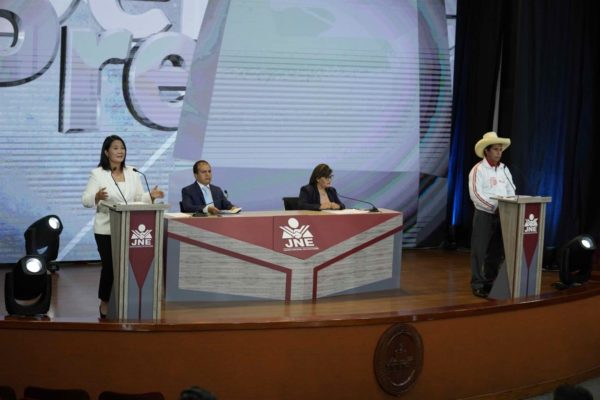Peru, Thirty Years On
The second round of presidential elections take place on Sunday, June 6th

Today the neoliberal rightwing confronts the leftwing and this leftwing is often neopopulist and conservative.
by Rafael Rojas (Confidencial)
HAVANA TIMES – Vargas Llosa, Fujimori, Quispe Palomino, Sendero Luminoso… the names that distinguished Peruvian history thirty years ago continue to carry weight in this Andean country. The South American country is holding the second round of presidential elections this Sunday, June 6th.
A recent attack by the old Maoist guerillas has now pushed its way onto the electoral stage, fanning the polarization in the country. At Chimpinchariato, near the rural town of San Miguel del Ene, 18 people lost their lives.
Just over 30 years ago Alberto Fujimori and Mario Vargas Llosa competed in a second round for the presidency of Peru. Fujimori, with the support of various leftist groups, beat Vargas Llosa, whose program was neoliberal.
Once in power, the authoritarian Fujimori carried out much of Vargas Llosa’s neoliberal program. He also resorted to militarily intervening in Congress, inventing a self-coup in 1992, and in drawing up a new constitution in 1993. This constitution still governs the country today.
Despite his aggressive blend of neoliberalism, authoritarianism and populism, the Fujimori model is still popular in Peru. Today, presidential candidate Keiko Fujimori does not hide her pride in her father’s presidency in the 90s. She treats it as a positive experience that she hopes to build on, particularly in relation to national security, to fight narcoterrorism and against Sendero Luminoso.
But the political geography in Peru has changed, just as it has in most of Latin America and the Caribbean. Today the neoliberal rightwing confronts the leftwing and this leftwing is often neopopulist and conservative. And these leftwing groups are backed up by powerful geopolitical blocks. Those who think the only global power is the United States either don’t see or justify the construction of alternative hegemonies.
The truth is that thirty years ago the left supported Fujimori over Vargas Llosa and today Vargas Llosa supports Fujimori against the left. A left that is led by a young teacher and trade union leader, Pedro Castillo, who rejects teaching gender equality in schools, who is against legalizing abortion and against same sex marriages.
Like other leaders of this strange new regional left, Castillo thinks that feminism and LGTBI rights are not relevant to Latin America.
Thirty years ago, Fujimori’s priorities were to combat Sendero Luminoso and to make sure his collaborators were not sent to jail for corruption and despotism. Of this, the dreaded Vladimiro Montesinos is a prime example. Today, a faction of Sendero Luminoso that favors Keiko is attacking civilians and threatening rural communities so that they don’t vote for the left candidate, Pedro Castillo.
Positions have changed entirely over three decades. Now the left is conservative, and the right is liberal. But the worst part is that authoritarianism is still present in both candidates. Neither is in favor of deepening Peruvian democracy.





